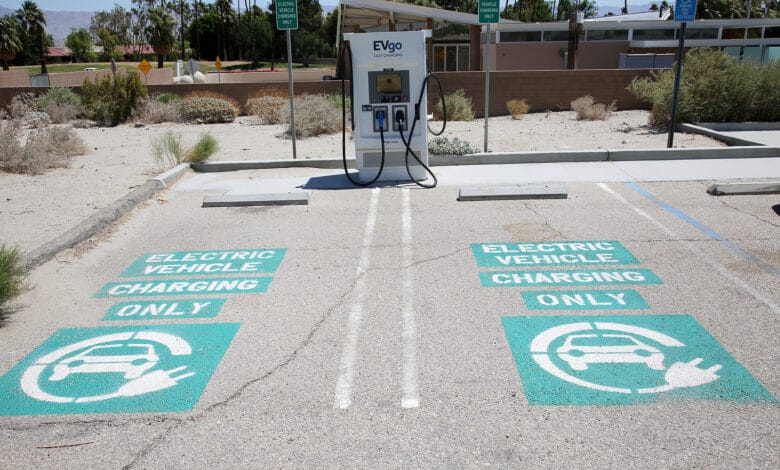
Anyone who decides to buy an electric car or at least a plug-in hybrid in this country receives a financial injection from the state. This support, known as the “innovation premium,” has now been extended by the new traffic light coalition. However, there are to be a few changes. However, only from 2023.
No changes until the end of 2022
Potential buyers of cars with modern engines can continue to look forward to receiving a purchase premium. After all, it is now clear that when buying an e-car or plug-in hybrid, you can continue to rely on the innovation premium from the state. This is also to continue unchanged until the end of 2022. This means that buyers of a pure e-car will receive a maximum of 9,000 euros in subsidies from the state. Those who opt for a plug-in hybrid are to receive up to 6,750 euros. At the same time, however, the Ministry of Economy and Climate Protection also announced that a few changes are to follow from 2023. In this regard, the newly acting Minister of Economic Affairs and Climate Protection Robert Habeck said:
“In the future, we will be more ambitious in terms of funding in order to give electromobility a further boost and strengthen climate protection. To do this, we will realign the funding”
This means that fans of plug-in hybrids in particular will probably have to do without support from 2023. Surprisingly, this is not really. After all, the vehicles with combined electric and internal combustion engine have long been criticized. According to climate experts, they are not really conducive to making driving more environmentally friendly. Quite the opposite, in fact. If used incorrectly, some of these cars actually consume more fuel than conventional combustion engines. The reason for this is the higher weight resulting from the integrated battery. If the battery is not used, it has to be carried by the combustion engine as additional weight.
Directive coming at the end of the year
So far, however, this is all conjecture. After all, all we know is that the coalition partners have agreed on a continuation of the innovation premium. At the end of the year, the corresponding directive should then appear in the Federal Gazette. Here we will then be able to see in detail what changes we can expect. It is also still unclear whether the changes planned by the former government will find a place in the new directive. According to everything we know so far, the government wanted to extend the subsidy. Thus, buyers of electric micro cars should also receive a purchase premium.
Hard times for plug-in hybrids
Reading the “traffic light” coalition agreement, it quickly becomes clear that plug-in hybrids are not in for rosy times:
“We want to reform the subsidy for electric vehicles and plug-in hybrids in a degressive and fundamental way so that, from January 1, 2023, it is only issued for motor vehicles that can be proven to have a positive climate protection effect, defined only by an electric driving share and a minimum electric range. The minimum electric range of the vehicles must already be 80 kilometers from August 1, 2023”
This would mean that plug-in hybrids in their currently prevailing form would have to be completely revised once again. After all, according to the currently still applicable directive, it is sufficient if a corresponding vehicle can demonstrate a minimum range of 60 km. Whether an even larger battery in addition to an internal combustion engine makes any sense at all, however, is certainly open to doubt. It is possible that this change will already ensure that car manufacturers will focus primarily on pure e-cars.



